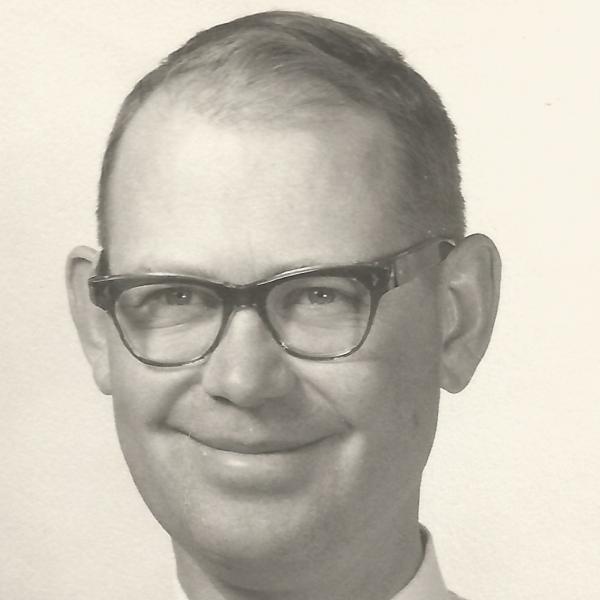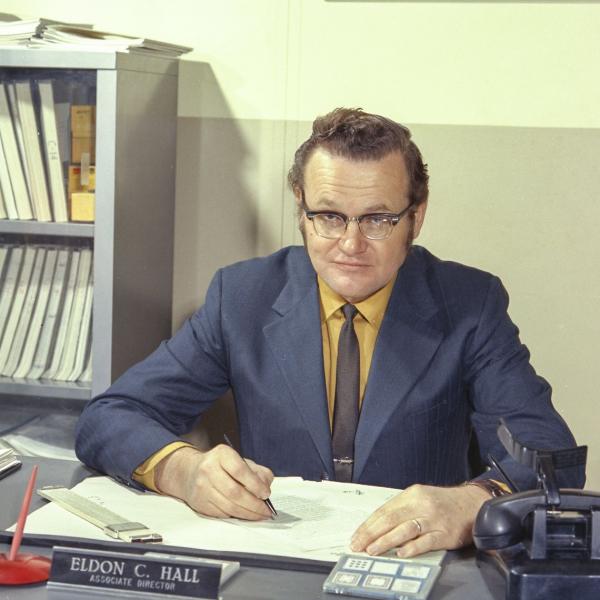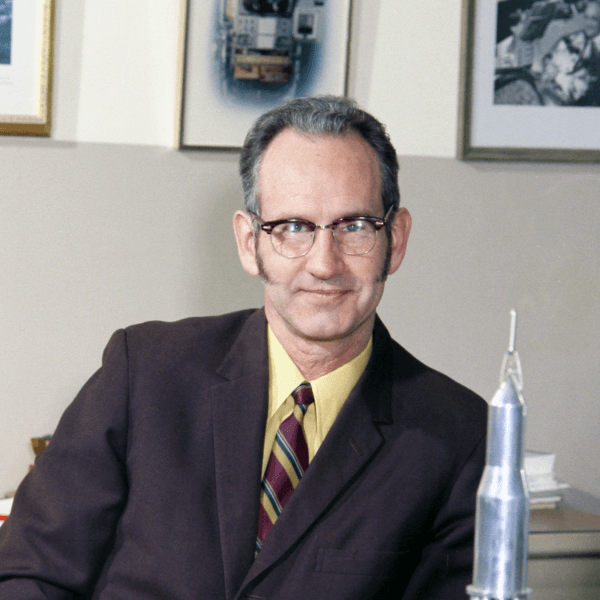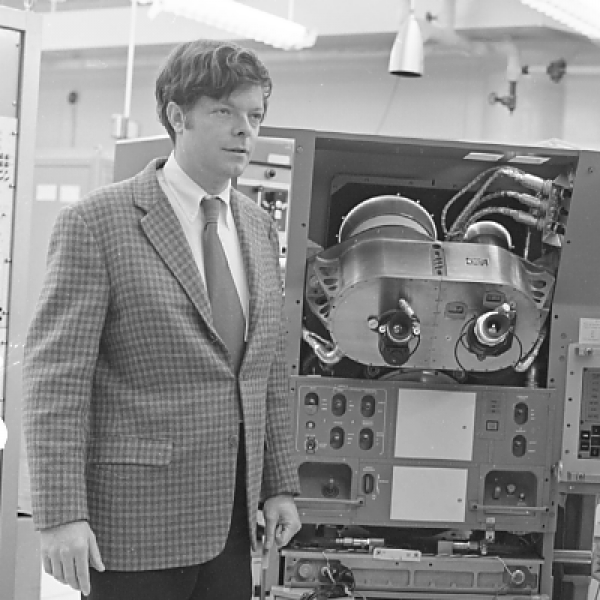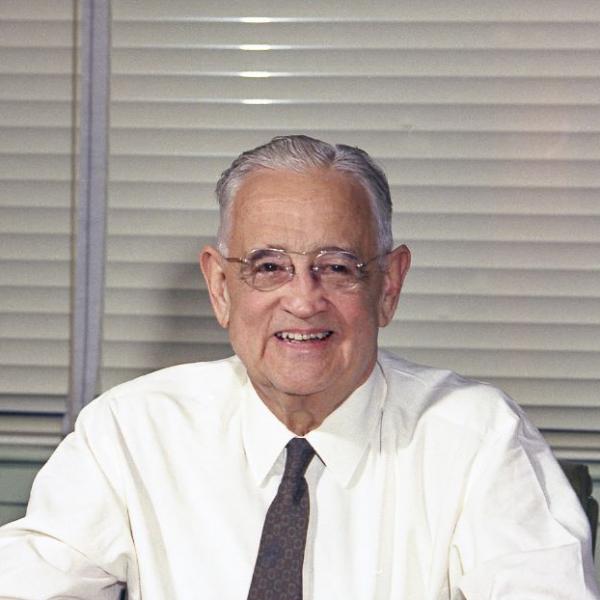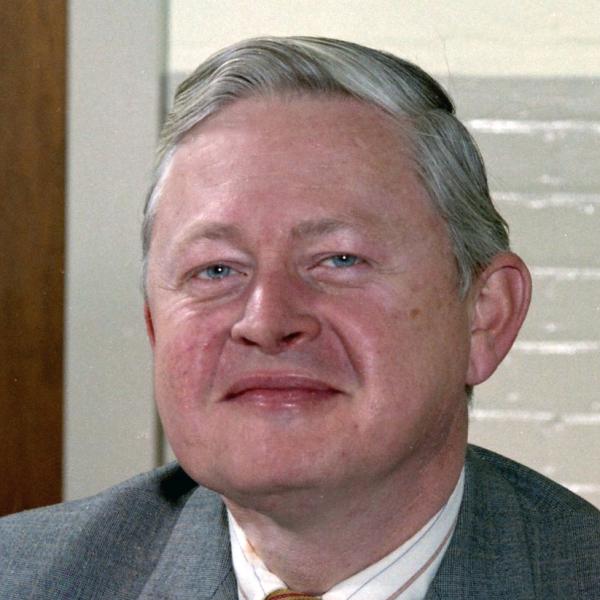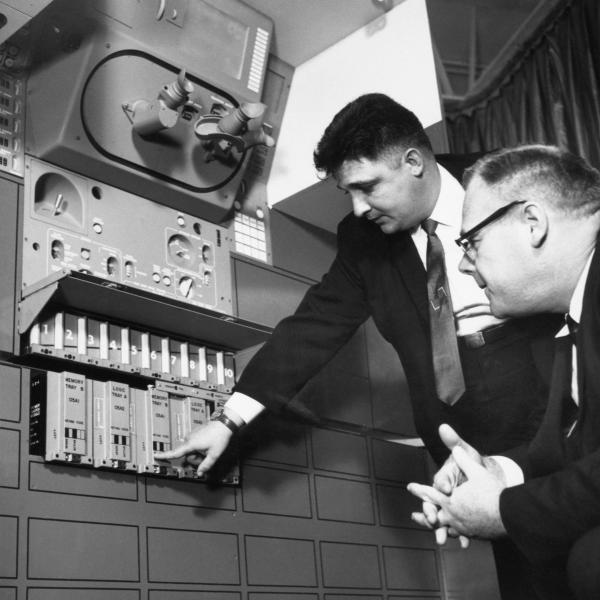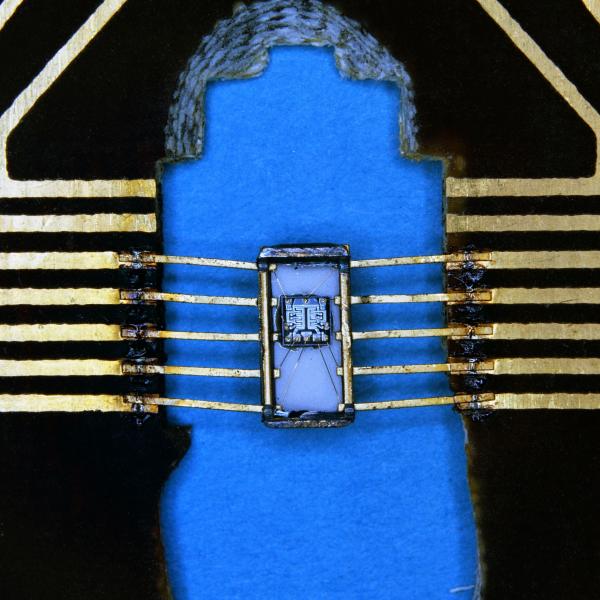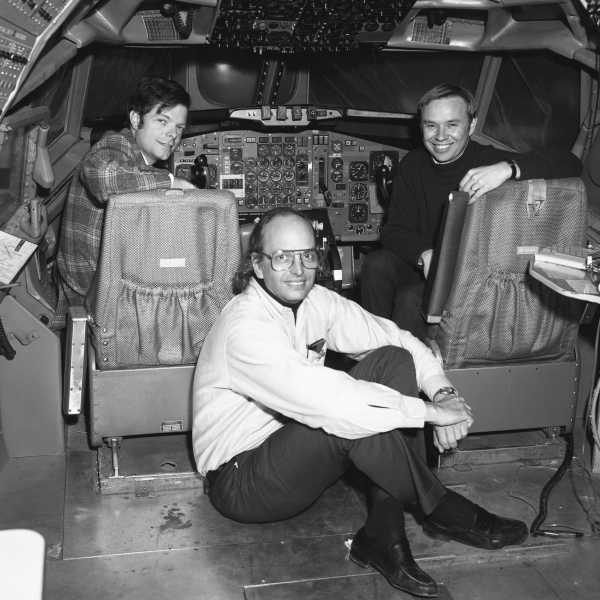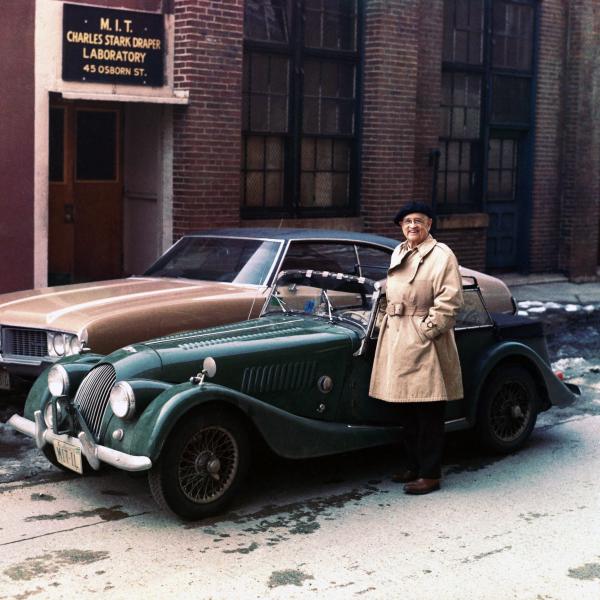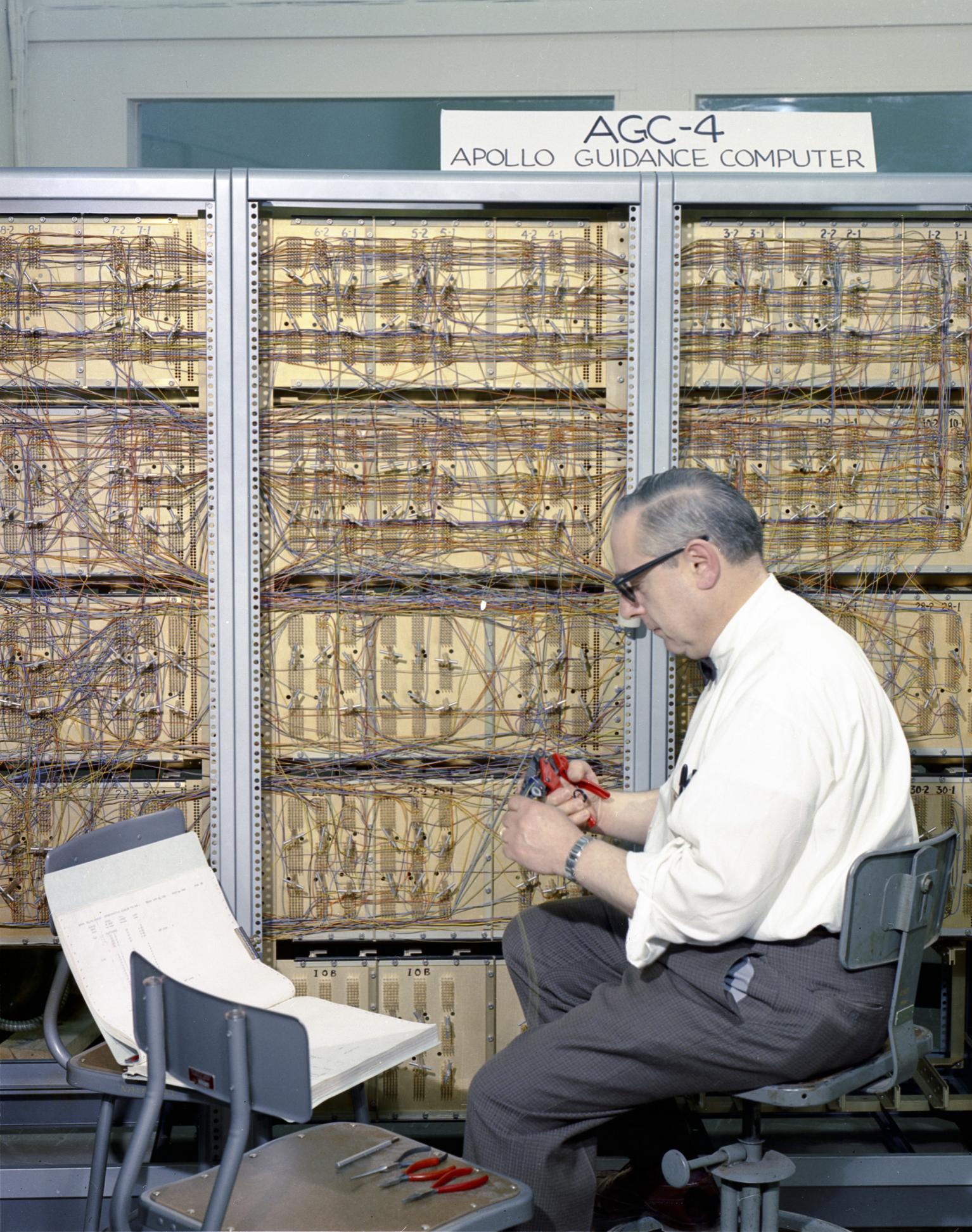
In Their Own Words: John Miller on Computer Weight
John Miller worked in hardware and mechanical engineering at MIT/Draper during the Apollo Project.
"The biggest challenge in a guidance system was the Apollo Guidance Computer—all the other parts of the system had been built up in various systems before...it was straightforward engineering to do what was needed to be done. The guidance computer was really advanced and the only way to get the weight and the size down was to go to integrated circuits and the production that was a required research and development that hadn't been done before. It was Eldon Hall who was in charge of that. He did a magnificent job of of getting integrated circuits that was the basis of building the Apollo Guidance Computer to be reliable. They had numerous problems in production of the semiconductors, of this six transistor integrated circuit, that was the basis for the Apollo Guidance Computer. That was the real reliability problem.
Weight was key. You had to take as much weight off as you could. The whole Apollo program was divided into two pieces. One was the software piece and one was everything else and I was in charge of everything else. And since I was in charge of the of the hardware, the software guys didn't have weight problems. The hardware guys had all the weight problems. We had to look at it very, very carefully where we could cut weight. We used a lot of beryllium, which is very lightweight, the navigation base was beryllium. We used it everywhere we could. It's a dangerous metal to to mess with when you're trying to manufacture it. But it's pretty safe when it's all put together. Weight was a constant in the whole Apollo program."
